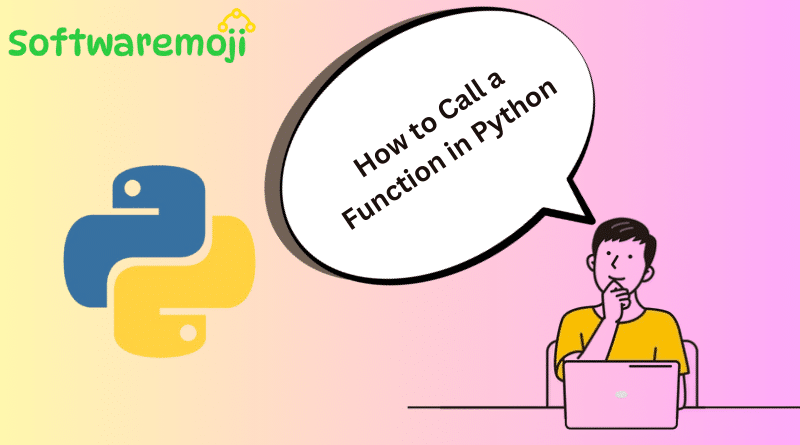
How to Call a Function
Complete Guide on How to Call a Function in Python with Examples
How to Call a Function : In Python, functions are blocks of reusable code that execute when referenced. Python offers both inbuilt functions like print(), input(), etc., and user-defined functions. This guide explains how to define, call, and manage Python functions effectively.
What is a Function in Python?
How to Call a Function: A Python function is a reusable piece of code that performs a specific task. Functions enhance code efficiency by avoiding repetitive coding.
How to Define and Call a Function in Python
In Python, functions are defined using the def keyword followed by the function name and parentheses ().
Example: Python Function Definition and Call
python
def func1():
print(“I am learning Python function”)
print(“Still in func1”)
func1()
Output:
bash
I am learning Python function
Still in func1
Python Function Indentation Rules
Python relies on indentation to define blocks of code within a function. Improper indentation will result in errors.
- Use at least one indent for statements inside the function.
- For better readability, use 3-4 indents as best practice.
- Consistency in indentation is crucial to avoid errors.
Python Function Return Value
The return statement is used to return a value from a function.
Example: Function with Return Statement
python
def square(x):
return x * x
print(square(4))
Output: 16
Arguments in Python Functions
Arguments are values passed to a function when called. On the calling side, they are arguments, and on the function side, they are parameters.
Example: Arguments with Default Values
python
def multiply(x, y=0):
print(“Value of x =”, x)
print(“Value of y =”, y)
return x * y
print(multiply(y=2, x=4))
Output:
java
Value of x = 4
Value of y = 2
8
Using *args for Multiple Arguments
Python supports passing multiple arguments using *args.
Example: Using *args
python
def display_numbers(*args):
print(args)
display_numbers(1, 2, 3, 4, 5)
Output: (1, 2, 3, 4, 5)
Python 2 vs Python 3 Function Differences
Python 3 uses print() as a function, while Python 2 uses print as a statement.
Python 3 Example
python
def greet():
print(“Hello from Python 3”)
greet()
Python 2 Example
python
def greet():
print “Hello from Python 2”
greet()
How to Call a Function Key Takeaways
✅ Functions improve code reusability.
✅ Indentation is critical for Python functions.
✅ Use the return statement to pass values back to the caller.
✅ Default argument values help avoid errors in case of missing parameters.
✅ Python supports flexible argument handling with *args.
